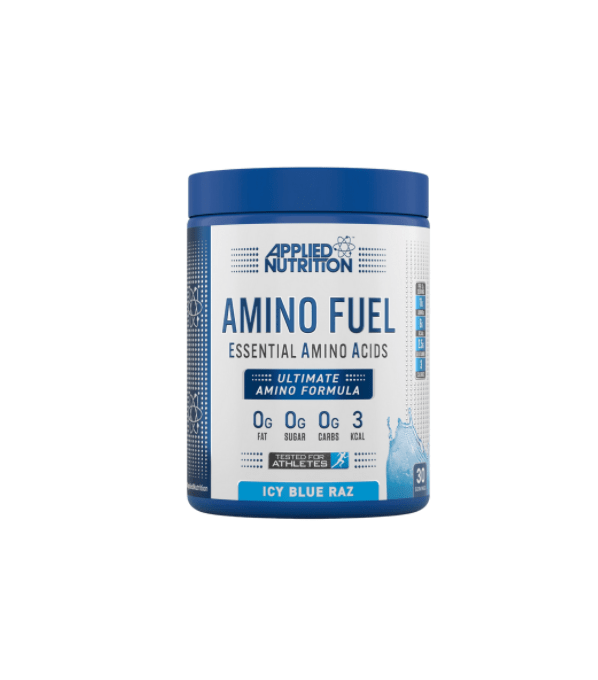Muscle loss, also known as sarcopenia, is an insidious condition that sneaks up on us as we age. Starting as early as our 30s, the body begins to lose muscle mass at a rate of 3-5% per decade, and this process accelerates past the age of 60. What makes sarcopenia particularly dangerous is its stealthy nature.
Early signs, such as mild weakness or slower movement, are often dismissed as normal aging. However, over time, this progressive loss of muscle can severely impact daily life, making routine activities like climbing stairs or carrying groceries increasingly difficult.
Beyond physical limitations, sarcopenia increases the risk of falls, fractures, and chronic diseases such as diabetes and cardiovascular conditions. Recognizing muscle loss as a critical health issue rather than a mere consequence of aging is vital for taking action.
Early intervention can significantly improve outcomes, yet awareness remains low among the general population.
Table of Contents
The Role of Amino Acids in Muscle Health
Amino acids are more than just the building blocks of protein; they are the architects of muscle repair and growth. Each time you move, your muscles experience micro-damage, which requires constant maintenance and regeneration.
Amino acids fuel this process, ensuring that muscle fibers are rebuilt stronger and more resilient. But their role doesn’t stop there. Amino acids also play a part in various metabolic processes, including energy production and immune system support. They help regulate nitrogen balance, a critical factor in muscle tissue repair, and contribute to the production of hormones like insulin, which aids in muscle glucose uptake.
In essence, without a steady supply of amino acids, the body cannot effectively combat muscle breakdown or promote recovery, making these nutrients fundamental for maintaining muscle health.
Fuel your strength and recovery with amino acids today!
Essential vs. Non-Essential Amino Acids: Know the Difference
Understanding the distinction between essential and non-essential amino acids is crucial for optimizing muscle health. Non-essential amino acids, like alanine and glutamine, can be synthesized by the body as needed. They are still important, contributing to various bodily functions such as immune responses and energy metabolism. However, it’s the essential amino acids (EAAs) that play a starring role in muscle maintenance.
These nine amino acids—histidine, isoleucine, leucine, lysine, methionine, phenylalanine, threonine, tryptophan, and valine—must be obtained through diet or supplementation. Among them, leucine is often highlighted for its critical role in activating the mTOR pathway, a signaling mechanism that triggers muscle protein synthesis.
BCAAs (branched-chain amino acids) like leucine, isoleucine, and valine are especially effective at reducing exercise-induced muscle damage and promoting recovery. Without a sufficient intake of EAAs, the body cannot effectively repair or build muscle tissue, regardless of physical activity levels.
How Amino Acids Stimulate Muscle Protein Synthesis
Muscle protein synthesis (MPS) is a dynamic process where the body builds new muscle proteins to replace those that are degraded.
- This process is vital for muscle repair, growth, and adaptation, especially after exercise or injury.
- Amino acids are the linchpin of MPS, acting both as the raw materials and the signal to initiate the process.
- When you consume protein-rich foods or supplements, amino acids enter the bloodstream and are transported to muscle tissues.
- Leucine, in particular, serves as a metabolic trigger by activating the mTOR pathway, which sets off a cascade of reactions that enhance MPS.
Amino Acid Supplements: Are They Worth It?
For those struggling to meet their protein needs through diet alone, amino acid supplements offer a practical and effective alternative. These supplements come in various forms, including powders, capsules, and even ready-to-drink shakes.
One of the most popular types is BCAA supplements, which target muscle recovery and endurance. Another is EAA supplements, which provide a more comprehensive profile of all nine essential amino acids.
But are they worth the investment? The answer largely depends on individual needs. Athletes and bodybuilders often benefit from these supplements due to their higher protein requirements.
Combining Amino Acids with Exercise: The Perfect Duo
- Exercise and amino acids are a match made in muscle-building heaven.
- Physical activity, especially resistance training, creates micro-tears in muscle fibers, which signals the body to repair and strengthen these fibers.
- This is where amino acids come into play. Post-exercise, the body enters a heightened state of protein turnover, where the demand for amino acids spikes. C
- consuming amino acids during this window accelerates recovery, reduces muscle soreness, and enhances the body’s ability to adapt to the physical stress of exercise.
- Moreover, amino acids can also boost endurance and performance during workouts, allowing you to push harder and achieve better results.
This synergistic relationship highlights the importance of integrating both elements into your routine for optimal muscle health.
Tailoring Your Diet: Foods Rich in Muscle-Boosting Amino Acids
While supplements offer convenience, nature provides an abundance of amino acid-rich foods that can support muscle health. Animal-based proteins, such as chicken, turkey, beef, and fish, are complete proteins, meaning they contain all nine essential amino acids.
Fatty fish like salmon and mackerel not only supply high-quality protein but also provide omega-3 fatty acids, which further support muscle recovery and reduce inflammation. Dairy products, including milk, yogurt, and cheese, are also excellent sources.
For those following a plant-based diet, options like tofu, tempeh, quinoa, and legumes can provide substantial amounts of essential amino acids.
The Road Ahead: Maintaining Muscle Mass for Life
Reversing muscle loss is not just about short-term gains; it’s about creating sustainable habits that support long-term health. Maintaining muscle mass requires a multi-faceted approach, including regular exercise, a balanced diet rich in amino acids, and, when necessary, targeted supplementation. Consistency is key—sporadic efforts yield limited results, but a steady commitment to muscle health can transform your life.



























